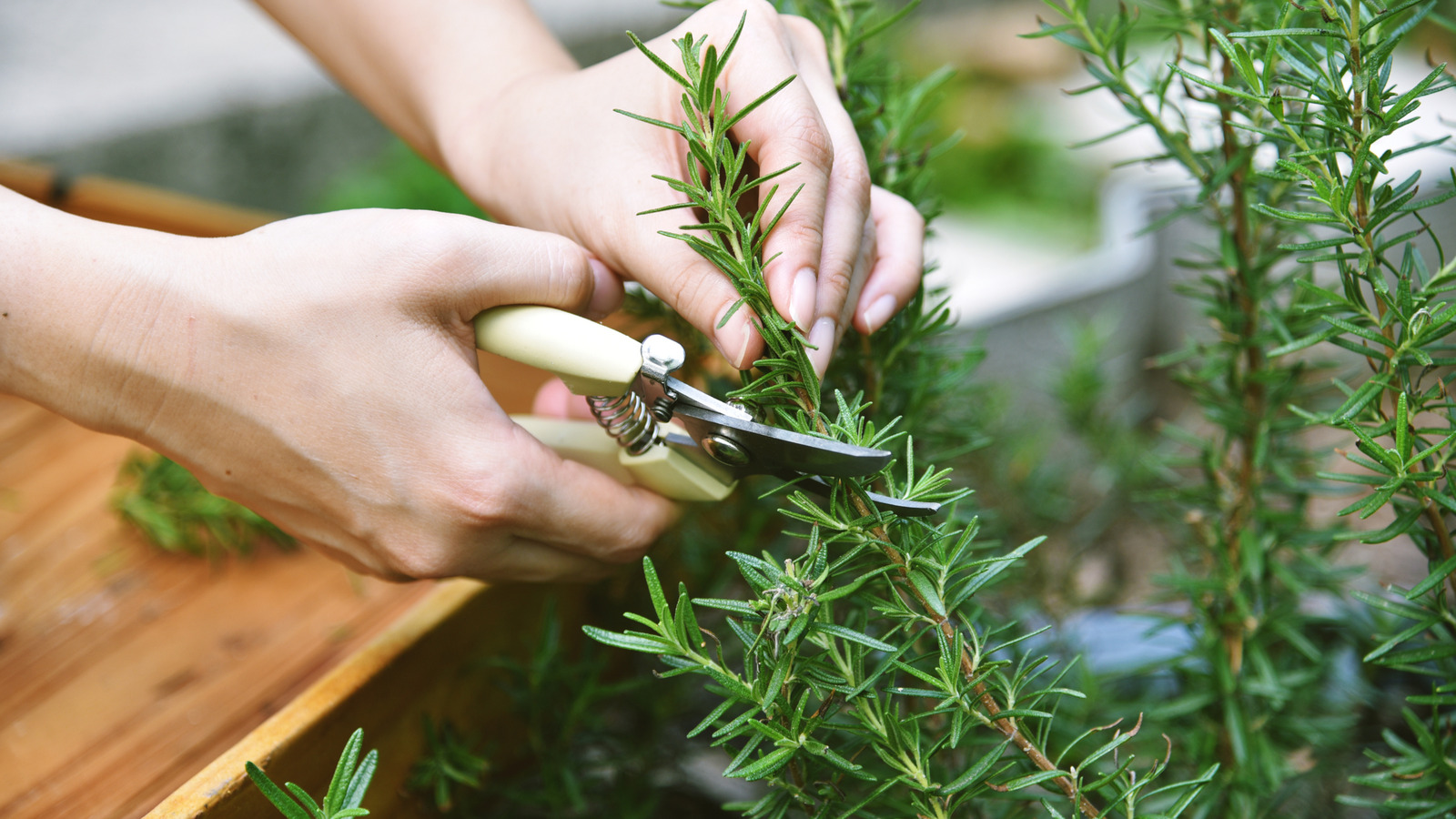
"When rosemary bushes flourish, there's a good chance the owner is a devotee of the wonderfully fragrant, flavorful herb - for both culinary and household or medicinal use. It's sturdy, largely self-sufficient, and even keep insects at bay. But alas, it can be a bit sensitive when winter rolls around and temperatures drop. Most of the common rosemary varieties in America are hardy only in temperatures above roughly 20 degrees Fahrenheit,"
"It's important not to shock the plant with a sudden change, so try incremental transitioning. For the first week, move it indoors on chilly nights and back out during warmer days. This helps the branches, roots, and leaves adjust to indoor lighting, temperatures, and humidity levels. Make sure it gets plenty of sunshine, and if possible, let its winter home be a room with cooler temps ranging from about 45 to 55 degrees F. This helps with moisture loss as well as indoor stress factors."
Rosemary plants are hardy only above roughly 20°F, and sub-freezing temperatures can damage or kill them. Container-grown rosemary can be brought indoors before first frost, and should be transitioned incrementally by moving it inside on cold nights and back out on warmer days to avoid shock. Provide plenty of sunshine and aim for a cooler indoor spot around 45–55°F to reduce moisture loss and stress. Garden-planted rosemary should be protected in place rather than repotted, beginning with mulching around the base with up to 6 inches of resilient material to insulate roots.
Read at Tasting Table
Unable to calculate read time
Collection
[
|
...
]